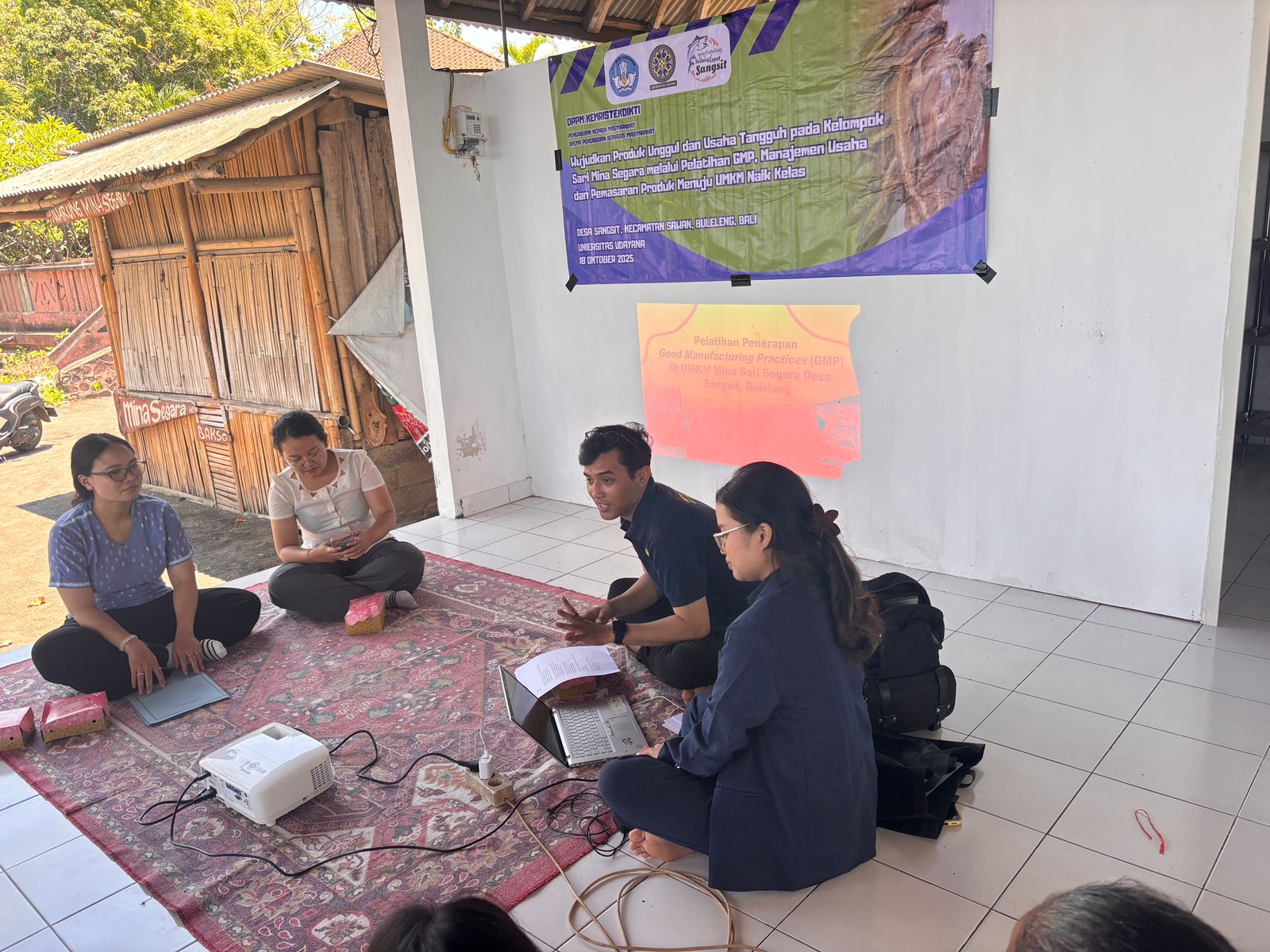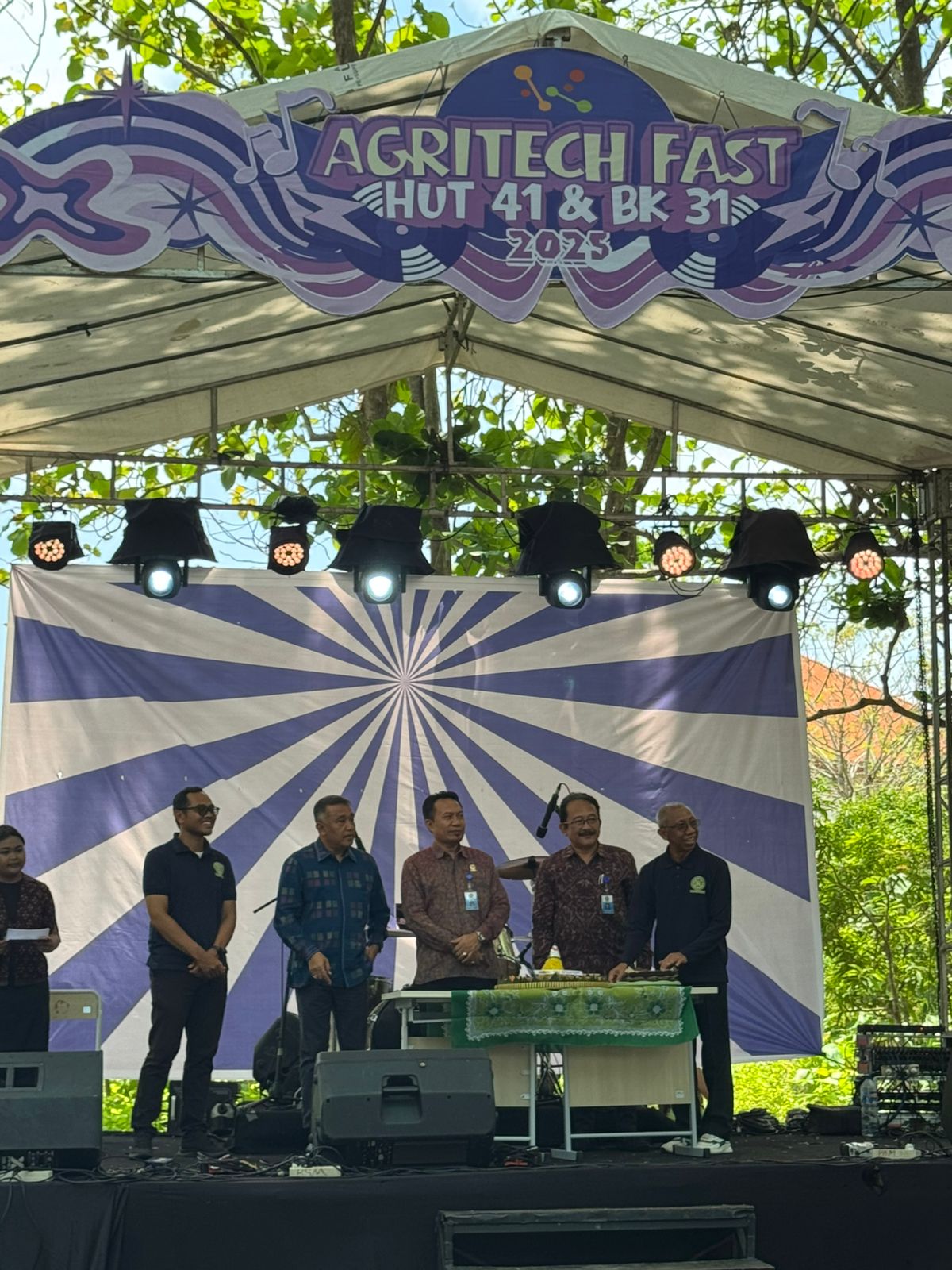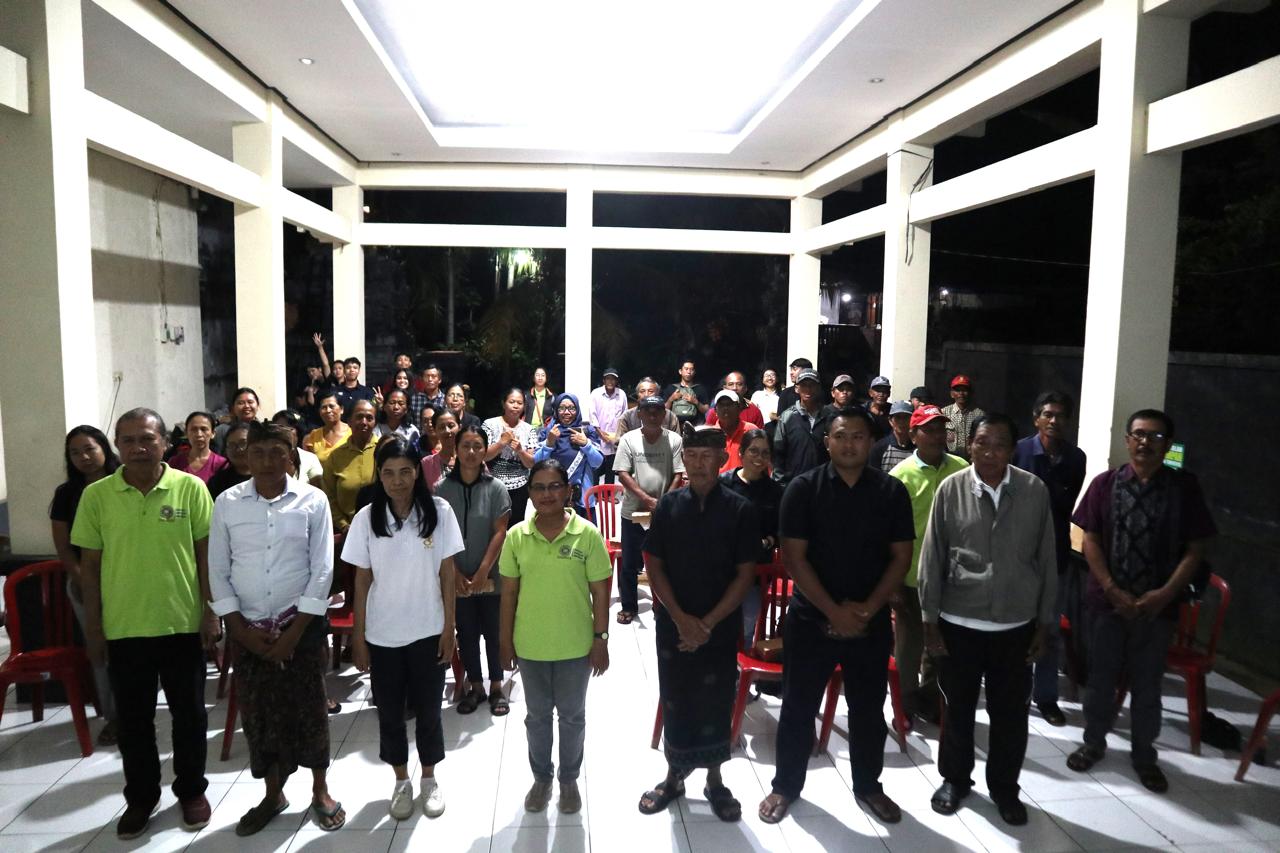Agricultural and Biosystem Engineering Students Develop Radish Microgreens as Urban Farming Solutions
Mus'ab Az Zubairi, student of Agricultural and Biosystem
Engineering, Faculty of Agricultural Technology, Udayana University who was
supervised by Ni Nyoman Sulastri, S.TP., M.Agr., Ph.D and I Putu Gede
Budisanjaya, S.TP., M.T. conducted a study that aimed to determine the
characteristics of radish microgreen growth on the effect of variations in
growing media and grow light and to determine the treatment that produced the
best growth.
Microgreens are green vegetables that are harvested in the
age range of 7-14 days after sowing so that microgreens have a high nutritional
content. Microgreen radish has several properties, namely, it can reduce joint
pain, reduce pre-menstruation, prevent wrinkles, prevent anemia and also remove
toxins from the body. Microgreens are the best solution for urban farming
systems, from the ease of finding planting media, tools to use, and to
improving nutrition. In addition, there is an opportunity for the development
of large micro-vegetables and they are in great demand because they harvest
quickly, are rich in vitamins and eat quickly, especially when agricultural
land is getting narrower or in plant factories.
Zubairi said that this study used two treatments, namely the
planting media and irradiation treatment. The treatment of planting media
consisted of three types, namely cocopeat, rockwool and sand. The irradiation
treatment consisted of sun irradiation, white grow light and pink grow light.
Parameters observed were leaf canopy area, chlorophyll content, number of leaf
blades and plant height. Determination of the leaf canopy was carried out using
the image processing method, while the chlorophyll content was determined using
a SPAD (Soil Plant Analysis Development) chlorophyll meter. In general, the
results of this study showed that the use of a pink LED grow light and sand
planting media produced the best results for each growth parameter, he said.




UDAYANA UNIVERSITY